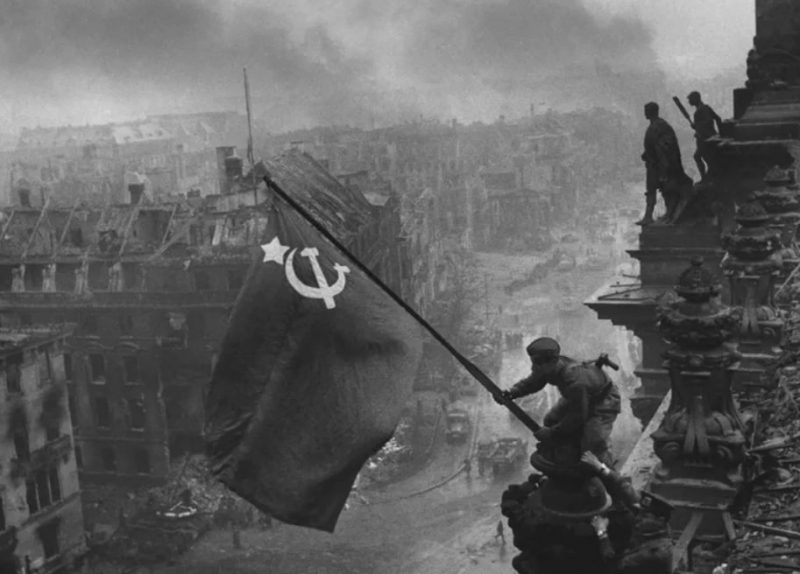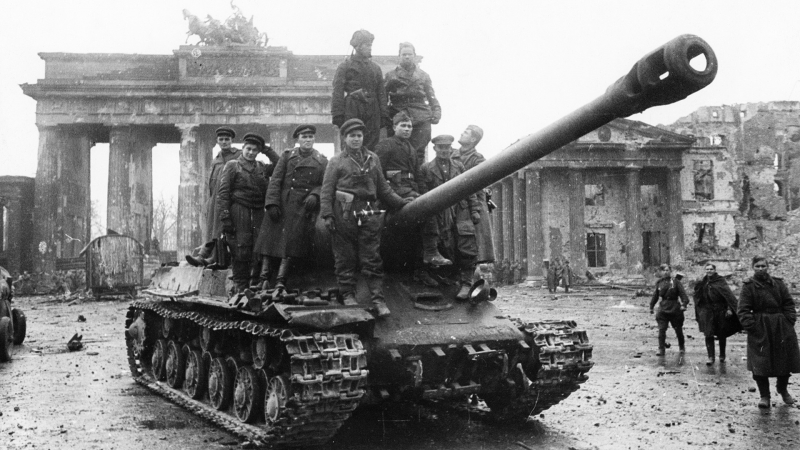The Battle of Berlin

The Battle of Berlin, also known as the Fall of Berlin and recognized as the Berlin Strategic Offensive Operation by the Soviet Union, was one of the final significant combats of World War II's European theatre.
The Red Army stopped on a line 60 kilometers east of Berlin following the Vistula-Oder Offensive of January-February 1945. The German defensive strategy against the Soviet onslaught was known as Operation Clausewitz. Following the commencement of the Soviet offensive on April 16, the city was attacked from the east and south, while a third force fought the Germans from the north.
The Soviet forces successfully surrounded the city, and on April 20, 1945, Hitler's birthday, the 1st Belorussian Front began bombarding the city center, while the 1st Ukrainian Front moved to the southern suburbs. Before the battle finished, Hitler and a few of his followers committed suicide.
On May 2, the city surrendered, but fighting continued to the northwest, west, and southwest of the city until May 8, when the war in Europe ended. Following this fight, Berlin was split into four sections as agreed upon by the Allies.
Date: April 16, 1945 - May 2, 1945
Location: Berlin, Nazi Germany
Participants: Germany - Soviet Union











